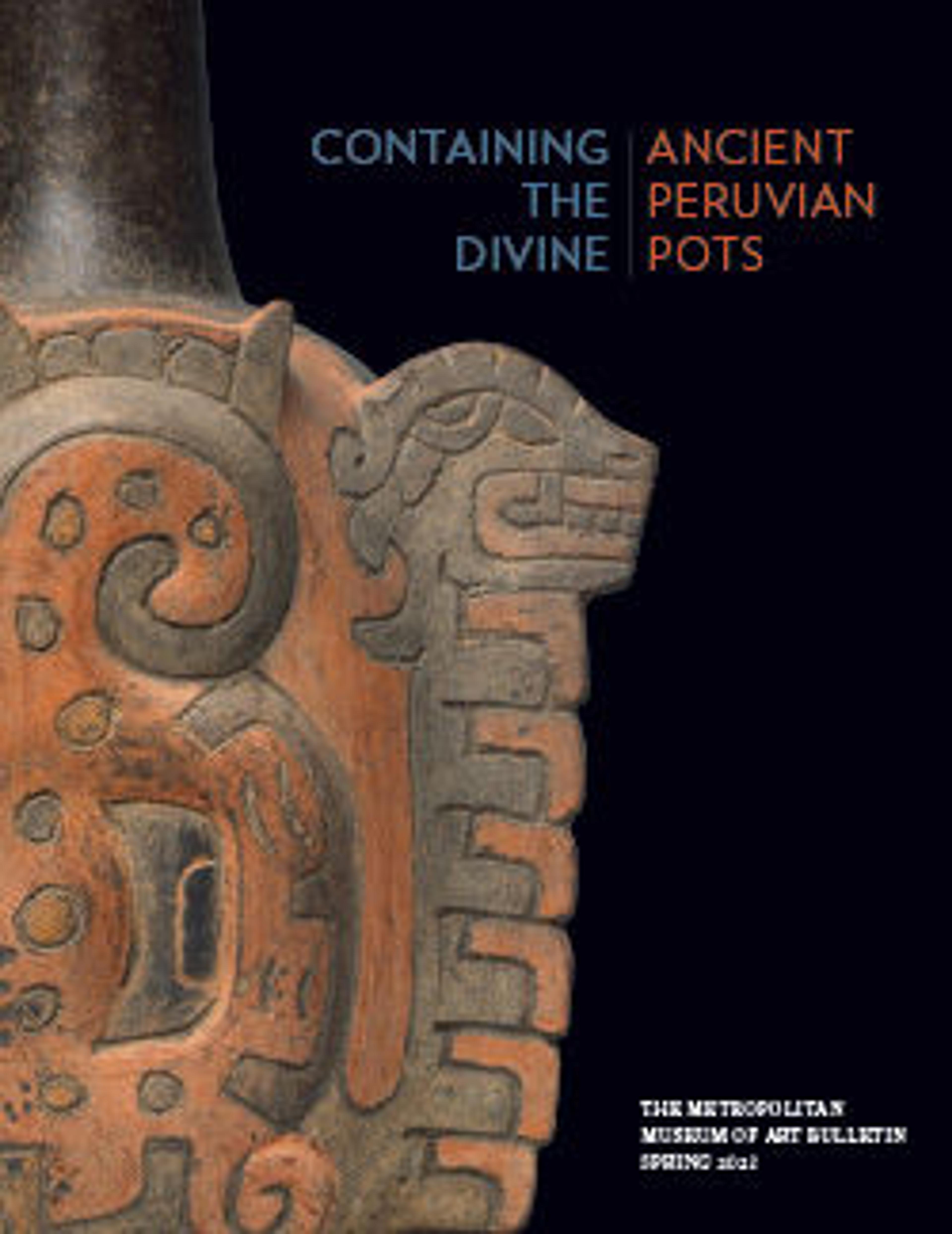Stirrup-spout bottle with owl
Moche ceramists rendered naturalistic details of humans, animals, and plants with great anatomical precision. Exact species and even historical individuals can be recognized in sculptural images depicted with a high degree of realism. In Moche religion and iconography, birds of prey include falcons, eagles, condors, vultures, and owls. Naturalistic or anthropomorphized birds of prey perform a variety of ritual activities related to their natural behavior such as battles, hunts, and sacrifices. Perhaps because they are nocturnal, owls seem to be closely related to the funerary domain. Anthropomorphized owls prepare bodies and offerings for burials and also carry deceased warriors to the world of the dead. Many species of owls living in the desert environment of the Peruvian north coast are represented by Moche ceramists. This vessel probably shows a Tyto alba, recognizable by the heart-shaped facial disk and the absence of ear tufts.
Artwork Details
- Title: Stirrup-spout bottle with owl
- Artist: Moche artist(s)
- Date: 200–500 CE
- Geography: Peru, North Coast
- Culture: Moche
- Medium: Ceramic, slip
- Dimensions: H. 9 1/2 × W. 4 5/8 × D. 5 3/4 in. (24.1 × 11.7 × 14.6 cm)
- Classification: Ceramics-Containers
- Credit Line: Gift of Nathan Cummings, 1966
- Object Number: 66.30.5
- Curatorial Department: The Michael C. Rockefeller Wing
More Artwork
Research Resources
The Met provides unparalleled resources for research and welcomes an international community of students and scholars. The Met's Open Access API is where creators and researchers can connect to the The Met collection. Open Access data and public domain images are available for unrestricted commercial and noncommercial use without permission or fee.
To request images under copyright and other restrictions, please use this Image Request form.
Feedback
We continue to research and examine historical and cultural context for objects in The Met collection. If you have comments or questions about this object record, please contact us using the form below. The Museum looks forward to receiving your comments.
